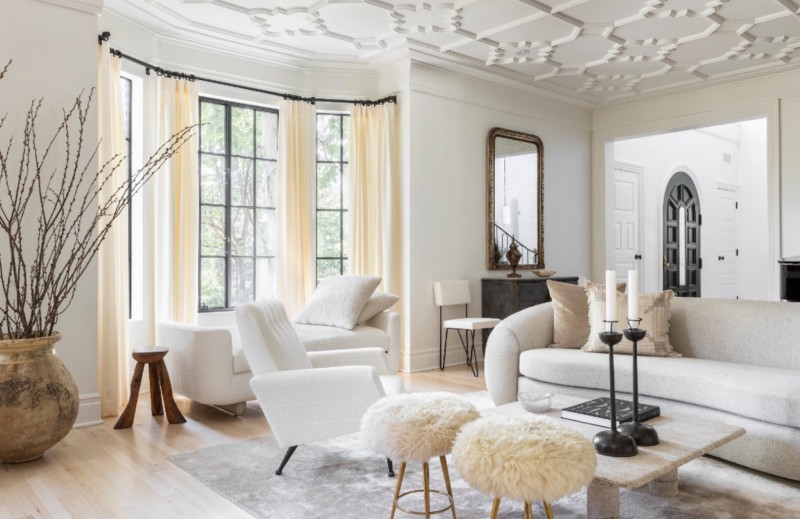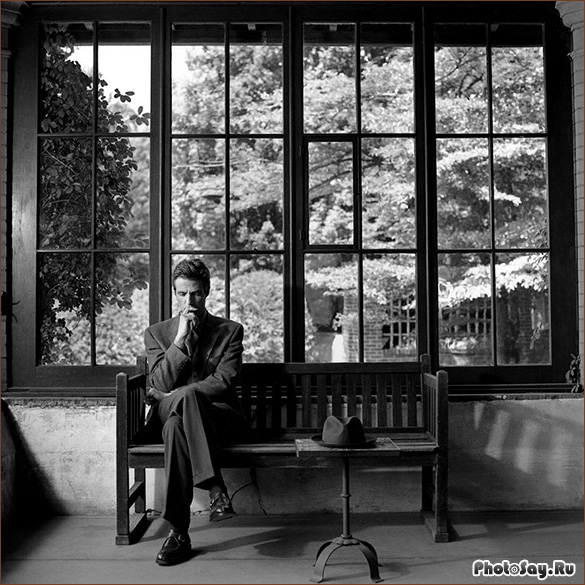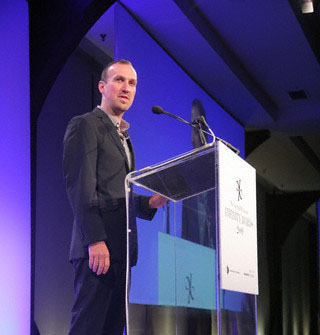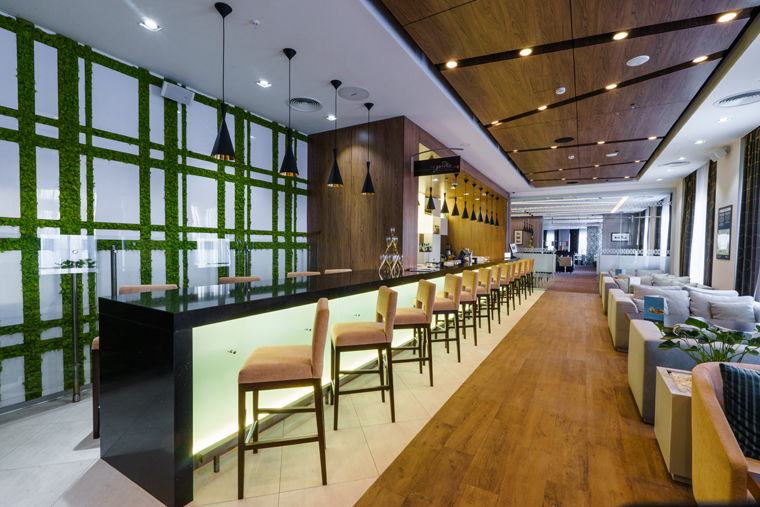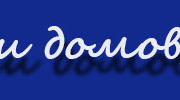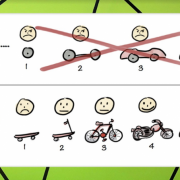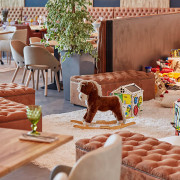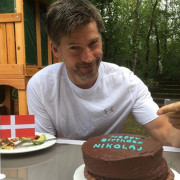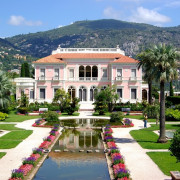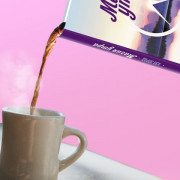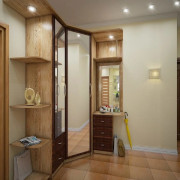Пенн, ирвин
Содержание:
Flowers
This book is a selection of photographs Penn made for Vogue Christmas issues between 1967 and 1973, of seven different flower varieties: poppies, tulips, roses, lilies, peonies, orchids, and begonias. Penn’s sensitivity and eye for form is apparent in these detailed, close-up images which bring the flowers to life, even when he captures them as «they have already begun spotting and browning and twisting on their way back to the earth.» Due to the costs of printing in color, it took almost ten years for Penn to be able to find a publisher for this book.
Published by Harmony Books, New York, 198095 pages, 10 x 10 in.75 color illustrationsISBN: 0517540746Hardcover
Inventive Paris Clothes, 1909-1939: A Photographic Essay by Irving Penn
In 1973–74, former Vogue editor-in-chief Diana Vreeland organized The 10s, the 20s, the 30s: Inventive Clothes, 1909-1939, an exhibition at The Metropolitan Museum of Art’s Costume Institute. It showcased the flourishing of French fashion in the early twentieth century through the extravagant and revolutionary designs by Poiret, Vionnet, Callot, Molyneux, Paquin, Chanel, Schiaparelli, and Alix. In the foreword, Penn describes his enthrallment with the remarkable craftsmanship: examining them, he «felt a thrill had not known as a fashion photographer known before.» In particular, he felt they offered a stark contrast to the fashions of the 1970s, which did not hold up to being photographed in close-up. The designs were photographed on «uncomplaining plastic dummies» in an unused gallery at the museum where Penn improvised a studio.
Published by Viking Press, New York, 197795 pages, 10 1/4 x 12 1/4 in.75 duotone illustrationsISBN: 067040067XHardcover
Детство и юность
Ирвин Пенн появился на свет 16 июня 1917 года в Плайнфилде, Нью-Джерси (США). Его родители были простыми людьми: отец работал часовщиком, а мать – медсестрой. У всемирно известного фотографа был брат по имени Артур, который позже прославится за счет кинорежиссуры.
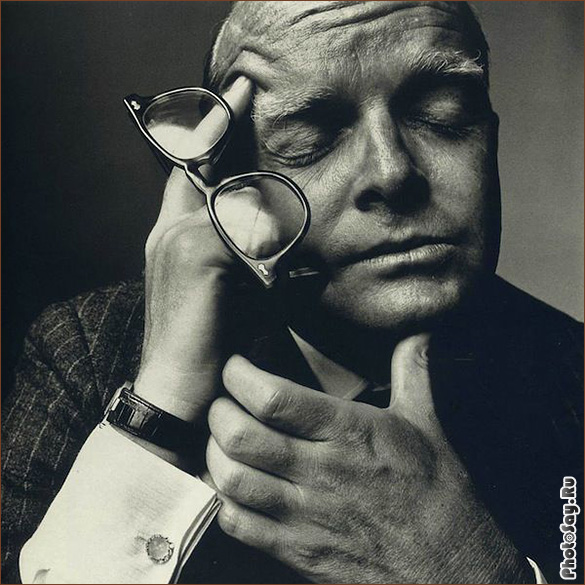
В свои 17 лет Пенн уже начал обучаться у выдающегося дизайнера по имени Алексей Бродович в Школе искусств. После четырехлетней стажировки Ирвин тут же начал начал работать арт-директором одного универмага под названием Fifth Avenue. Как фотограф он только начинал развиваться, поэтому в основном снимал улицы города.
Через некоторое время фотограф уехал в Мехико и с головой погрузился в живопись. Именно это время положительно отпечаталось на его карьеру и дало толчок в развитии в области фотографирования. Отличительными чертами его работ являются – нестандартное освещение объекта и его неповторимые образы.
Когда Ирвин вернулся из Мехико, Бродович знакомит будущего мастера с арт-директором популярнейшего журнала Vogue – неким Александром Либерманом. После знакомства тот решает нанять к себе талантливого ассистента в лице Ирвина Пенна. Уже в 1943 году в журнале была опубликована его первая работа, которая представляла собой необычный натюрморт из обычных вещей.
Настоящие профессиональные снимки у него начали проявляться, когда была Вторая мировая война. С 1944 по 1945 год Ирвин Пенн находился в составе известной Американской полевой службы и помогал Британскому корпусу как в солнечной Италии, так и в Индии. После военных событий в 1946 году он вернулся и продолжил работать на Vogue, но уже в штатной должности фотографа.

Либерман всегда отзывался о нем, как о самом целеустремленном человеке из всех, кто с ним когда-либо сотрудничал. Его фотоработы были и просты, и сложны одновременно, он умел находить и раскрывать настоящую моду там, где могло показаться, что она вообще отсутствует. Большинство его фотографий были невзрачными, но именно эта черта и привлекала всех зрителей к его необычным работам.
Именно во времена Ирвина Пенна в моду вошло настоящее олицетворение скульптур, ведь его работы будто можно было собрать по кусочкам, и в конечном счете получить целую картину как единый сооруженный постамент. Все его снимки были настолько экзотическими, что можно было по одному взгляду на фото понять, какой выдающийся автор стоит за этим невообразимым полотном искусства.
Когда он брался за камеру, то из кадра в ту же секунду исчезало все лишнее. Он всегда грамотно выделял силуэты своих моделей и подчеркивал их сексуальность и женственность, а тонкие сигареты в их нежных и красивых руках добавляли снимкам особую атмосферу на черном или сером фоне.
В 1950 году Пенна отправили во Францию, где он должен был сделать серию фотоснимков новых коллекций моды. Для того чтобы погрузиться в необходимый процесс фотосъемки, фотографу понадобилось срочно арендовать здание, в котором роль стен для его нешаблонных фотографий выполняли обычные занавесы театра.
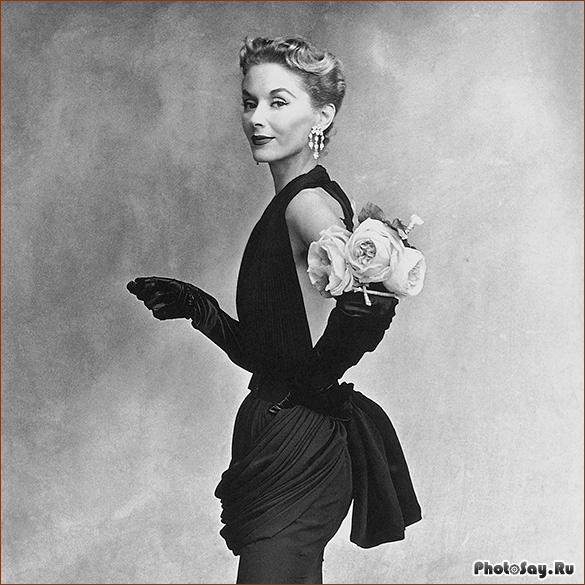
Он, как и все великие фотографы, отчасти добился успеха благодаря собственным экспериментам: в его фотографиях важным были не только сами модели или популярные личности, но также и их образы, которые он всегда тщательно подбирал для каждого живого объекта фотосъемки.
Иногда это были очень драматичные облики, но зачастую они носили весьма романтический и непринужденный характер.
Например, как его одна из лучших работ, которая стала очередной обложкой для Vogue – очаровательная девушка с маленькой шляпой и черной вуалью.
Portraits
A major part of Penn’s work for Vogue consisted of portraits of celebrities, artists, writers, and other personalities relevant to the reporting valued by the magazine. They constitute a true encyclopedia of twentieth-century cultural history. For his first extensive portrait campaign, he set up unusual environments in the studio for his sitters to insert themselves into and react against: a constricted corner space made of two walls placed at an angle, and a tattered carpet draped over a solid base they could sit on. These point to Penn’s interest in disruption, present in his early work for the magazine as he attempted to give his images a grittiness that would animate the page.
Passage: A Work Record
This major chronological overview of Penn’s career across half a century is structured as a visual memoir. Following an introduction by Alexander Liberman, who knew and worked with Penn throughout the entire period, the book presents a selection of photographs from each year, interspersed with commentary by Penn. This structure highlights the remarkable range of work that Penn pursued simultaneously—what he described as a «balanced diet» that he valued for its stimulating effects. The book also features a chronological index to his portrait subjects compiled by Alexandra Arrowsmith.
Published by Alfred A. Knopf, New York, 1991300 pages, 10 1/2 in x 12 3/8 in.468 quadtone and color illustrationsISBN: 0679404910Hardcover
Moments Preserved: Eight Essays in Photographs and Words
Penn’s first book is a collection of photographs in color and black and white, taken on assignment for Vogue during his first seventeen years of work for the magazine. There are portraits, still life, fashion, Small Trades, and travel photographs from France, England, Italy, Spain, Peru, and Morocco. The cover image, Seine Rowboat, is crossed by streaks of color that appeared from a scratch in the negative, an accident that delighted Penn. Following an introduction by Alexander Liberman, the work is grouped in eight chapters with captions and commentary. In addition to showcasing Penn’s talent with the camera across multiple genres, the book offers precious insight into the place of Vogue magazine at mid-century and the remarkable encounters orchestrated on its pages.
Published by Simon and Schuster, New York, 1960183 pages, 9 1/4 x 12 3/4 in.300 gravure and offset reproductionsHardcover with slipcase
Editions in five languages: English, French, German, Italian, and Danish.
Click on cover to view spreads.
Worlds in a Small Room
Penn’s second book, entirely in black and white, focuses on his work as an «ambulant studio photographer,» photographing people around the world over twenty years. Beginning with his trip to Cuzco in 1948, where he rented a daylight studio, it follows his experiences adapting existing spaces into studios with Northern exposure on location in Crete, Spain, and San Francisco. These efforts to control the conditions of the environment led him to construct a custom-built traveling tent studio. He took the tent on five trips from 1967 to 1971: to Dahomey, Nepal, Cameroon, New Guinea, and Morocco. Penn first imagined this book as a «love letter» to the Rolleiflex camera, which he used for all these photographs and felt particular gratitude to in his portrait work, since it allowed him to interact and connect with the sitters as he worked. Recently discovered Super-8 footage taken in Morocco by his wife Lisa Fonssagrives-Penn shows Penn at work in the tent.
Published by Grossman Publishers, New York, 197495 pages, 10 1/2 x 12 1/2 in.76 duotone illustrationsISBN: 670790257Hardcover
